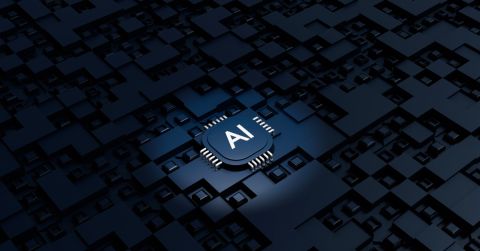The Engineer’s Guide to Navigating Compliance Challenges

Engineers today face increasing pressure to develop products that meet stringent regulatory, safety, and environmental standards. This guide helps understand compliance challenges and how to manage them effectively.
What Is Compliance in Engineering?
Compliance in engineering means meeting regulations like RoHS, REACH, and conflict minerals regulations to ensure safety, environmental protection, and quality. It helps engineers design products that are legally approved, globally accepted, and safe for use.
What Is RoHS, REACH and Conflict Minerals Regulations
The RoHS introduced by the European Union in 2003 restricts the use of certain hazardous materials in electrical and electronic products, including lead, mercury, cadmium, hexavalent chromium, and specific flame retardants. Its goal is to reduce environmental impact and improve the recyclability of electronic products.
REACH, on the other hand, came into effect in 2007, addressing the production and use of chemical substances. REACH requires manufacturers and importers to register chemicals produced or imported in quantities over one ton per year with the European Chemicals Agency (ECHA). This aims to ensure a high level of protection for human health and the environment.
Conflict minerals regulations under the Dodd-Frank Act require companies to disclose the use of minerals like Tin, Tungsten, Tantalum, and Gold (3TG) and source them from suppliers certified under the Conflict-Free Smelter Program (CFSP).
Common Compliance Challenges Engineers Face
- Keeping Up with Changing Regulations: Standards like RoHS, REACH, and conflict minerals rules are frequently updated, making it hard to stay current.
- Managing Documentation and Traceability: Strict compliance requires detailed records, such as design specifications, test reports, and material certifications. Maintaining accurate records throughout the product lifecycle is a complex and time-consuming process. Poor documentation can lead to audit failures or recalls.
- Working with Non-Compliant Suppliers: Not all suppliers provide complete or current compliance data, which can pose challenges for engineers during design.
- Cost vs. Compliance Trade-Offs: One of the biggest challenges engineers face is the trade-off between cost and compliance. Components that meet strict compliance standards, such as RoHS, REACH certified materials, and conflict-free 3TG minerals, often cost more.
Strategies to Overcome Compliance Hurdles
- Design with Compliance in Mind: Begin the design process by selecting components and materials that already meet key regulations like RoHS, REACH, and conflict minerals rules. This proactive approach helps avoid non-compliance issues later and reduces the need for last-minute design changes.
- Work Closely with Suppliers: Request up-to-date compliance documentation and certifications to ensure traceability.
- Use Digital Tools: Leverage PLM or sourcing platforms like Octopart to track part compliance. Octopart simplifies this process by directly aggregating up-to-date RoHS, REACH, and conflict mineral data alongside component specifications. This integration allows engineers to instantly filter search results based on compliance requirements and access certification documentation.
- Collaborate Early: Working early with suppliers to get bulk discounts, finding alternative parts that work the same, designing products to use fewer regulated materials, and using tools like Octopart to quickly compare certified parts across distributors can help manage costs.
Conclusion
Simplify compliance checks and avoid last-minute redesigns. Start using Octopart to keep your designs on track and ensure they are regulation-ready.










 Back
Back